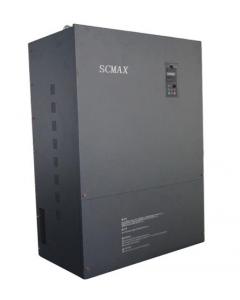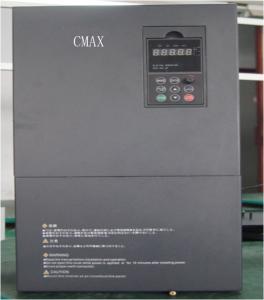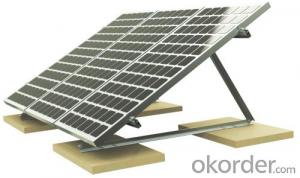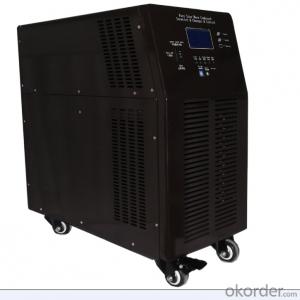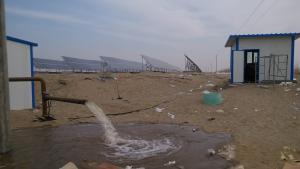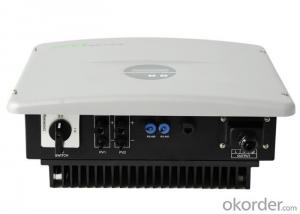Solar First Inverter
Solar First Inverter Related Searches
First Solar Inverter Solar Solar Inverter Solar Single Phase Inverter Sun Solar Inverter Inverter Solar Solar Small Inverter 1 Phase Solar Inverter Small Solar Inverter Single Phase Solar Inverter Solar Photovoltaic Inverter Sunshine Solar Inverter One Solar Inverter Solar System Inverter Solar Inverter System Solar Electric Inverter Solar Central Inverter Solar Field Inverter Solar Energy Inverter Solar Smart Inverter Solar Plant Inverter Solar Light Inverter Solar Converter Inverter Power Solar Inverter Solar Power Inverter System Central Inverter Solar Solar Inverter 1kw Solar Hybrid Inverter Solar Based Inverter Solar Inverter Inverter Solaris Solar InverterSolar First Inverter Supplier & Manufacturer from China
Solar First Inverter is a range of high-quality solar power inverters designed to convert solar energy into usable electricity. These inverters are engineered to maximize efficiency and reliability, making them an essential component in solar power systems. They come in various sizes and specifications to cater to different solar panel setups and energy requirements.The Solar First Inverter is widely used in residential, commercial, and industrial settings where solar energy is harnessed to power various electrical devices and systems. They are particularly useful in off-grid applications, where they provide a stable power supply to homes and businesses without access to the main power grid. Additionally, these inverters are employed in grid-tied systems, where they help to regulate the flow of electricity between solar panels and the utility grid, ensuring a seamless and efficient energy transfer.
Okorder.com is a leading wholesale supplier of Solar First Inverter products, boasting a vast inventory to cater to the diverse needs of customers worldwide. They offer competitive prices and reliable service, ensuring that customers receive the best value for their investment in solar power technology. By partnering with Okorder.com, customers can access a comprehensive selection of Solar First Inverters, enabling them to find the perfect solution for their specific energy needs and requirements.
Hot Products



